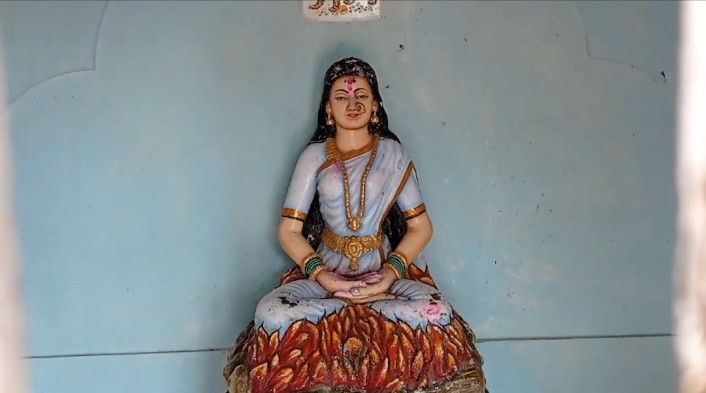Dhamtari: When the Holi revellers splash themselves across the country, a nondescript village in Chhattisgarh remains aloof to the festival of colours.
Telinsatti, which stands tucked away in the Dhamtari district about 75 kilometres from the bustling capital Raipur, has not seen Holika Dahan since the 12th century.
Villagers also believe that those who do not follow the age-old tradition invite bad omen to the extent of even death.
Why no Holika Dahan?
According to old timers, the man with whom a woman of the village was about to be married was sacrificed in ancient times. Unable to bear the agony of separation, the woman had set herself on fire. Hence, she came to be known as ‘sati.’ Since then, the people of Telinsatti village have not burnt Holika.
The legend of Bhanumati
According to old timers, after the birth of seven brothers, a sister was born in the Daau family of Bhanpuri village. The sister was named Bhanumati. The brothers found a ‘Lamsena’ or Gharjamai for their only sister. The marriage was fixed accordingly but a tantrik from the village advised the brothers of the about-to-be-married girl to sacrifice their would-be brother-in-law to save the crops from being destroyed. After this, the brothers sacrificed their would-be brother-in-law. An aggrieved Bhanumati, who had already accepted him as her husband, went for self-immolation.
“Since then, Holi has not been celebrated in the village. Our elders also followed the tradition and we are also following the same, “Radhelal Sinha, a villager, said.
Women not allowed to enter Telinsatti temple
It is said that Bhanumati belonged to the Teli caste and became Sati in the village. Due to this, the village was named Telin Satti from that day. A temple also came up at the village in memory of Bhanumati. This temple is called Telinasatti Mata Temple. Villagers worship in this temple in the morning and evening. Women are prohibited from entering the village. Villagers said Bhanumati had become sati without getting married. Due to this, married women are prohibited from entering the temple.
“This village is named Telinasatti because Bhanumati of the Teli caste became sati. Our elders said the tragic incident happened in the 12th century. Since then, we strictly follow the tradition. There is nothing called Holika dahan in our village,” Devlal Sinha, another villager, said.
No last rites in the village
Villagers said they heard from their parents that after her death, Bhanumati used to come in the dreams of the villagers and forbade them from performing the last rites.
According to villagers, she also used to caution their forefathers that if her instruction was not adhered to, they would face serious consequences. If someone dies in the village, the body is taken to the neighbouring village for cremation.
“Holika Dahan is not performed at our village and no funeral pyre is also not lit here,” Puniya Bai, a villager, said.
Ravan effigy too not burnt on Dussehra
Another special feature is that no Ravan effigy is burnt on Dussehra in Telinasatti village. None dares to break this tradition.
